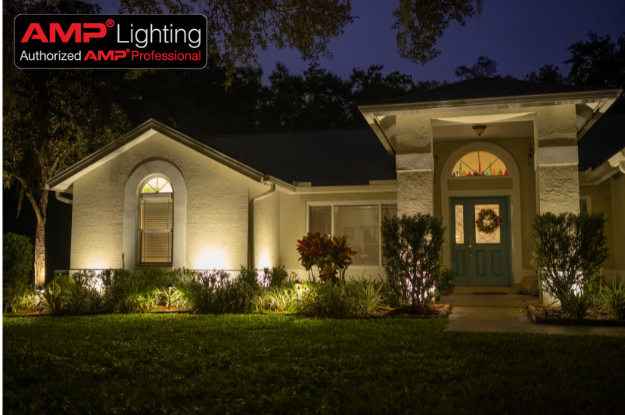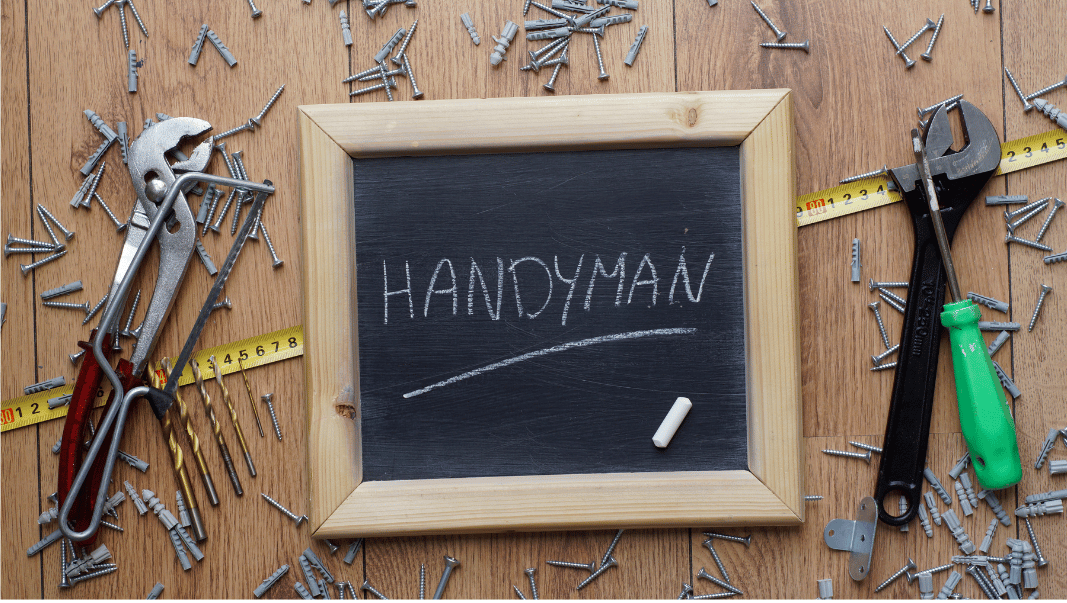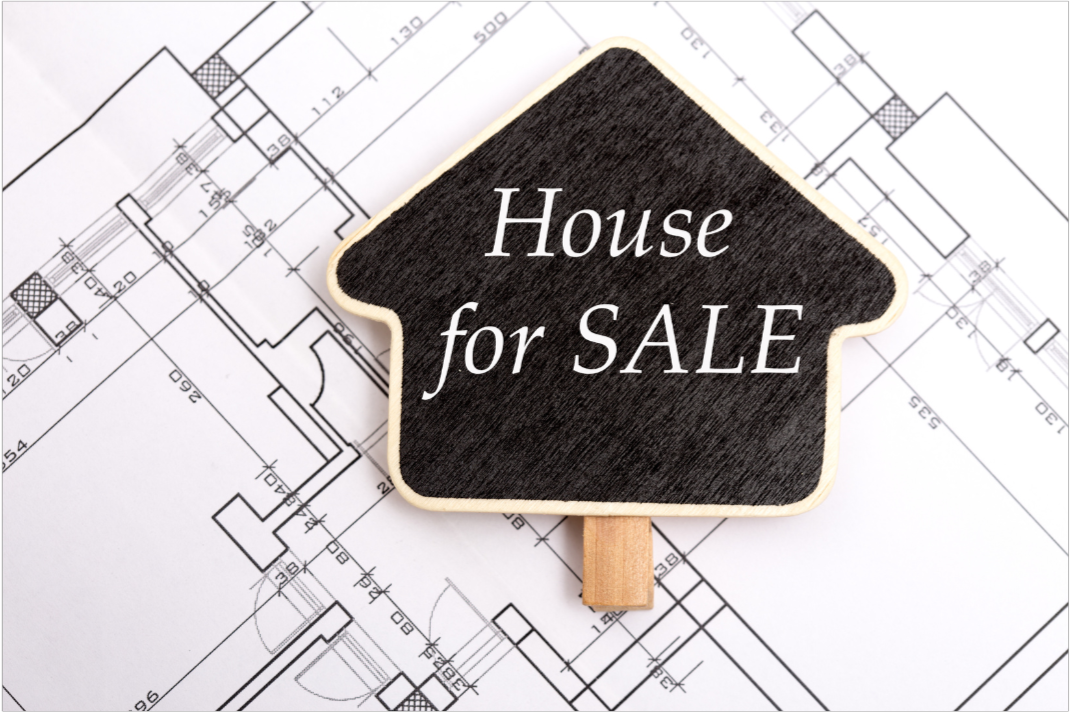Discover how professional landscape lighting can boost your home’s curb appeal, improve safety, and extend your outdoor living space. At Fix It Handyman Services,...
Home Electrical Work
What Suffolk County Homeowners Need to Know About DIY Installations and Inspections
Tackling home improvement projects on your own can be incredibly rewarding—not to mention cost-effective. But when it comes to electrical work, safety and code compliance are absolutely critical. If you’re a homeowner in Suffolk County, New York, and you’re considering installing your own electric—whether it’s wiring a new light fixture, adding outlets, or running power to a shed—here’s what you need to know to do it right and legally.
Step 1: Get the Proper Permit from Your Town or Village
Before you touch a single wire, you need to check with your local building department. Suffolk County is made up of multiple towns and villages, and each has its own process for issuing electrical permits.
Most local municipalities will require you to:
- Fill out a permit application (online or in person)
- Provide a description of the work
- Pay a permit fee
- Possibly submit basic plans or drawings
Pro tip: Some towns also require proof that you’re the owner and occupant of the home—so be ready to show documentation.
Here are links to some popular building departments in Suffolk County:
If you’re unsure which municipality governs your property, you can search using your address or check your property tax bill.
Step 2: Do the Work to Code
Once your permit is approved, you can get to work. As a DIYer, you’re required to follow the National Electrical Code (NEC) and any local amendments. This includes:
- Proper wire gauge for amperage
- Safe junction box connections
- Grounding and bonding
- GFCI/AFCI protection where needed (bathrooms, kitchens, outdoors, etc.)
- Proper labeling and securing of circuits
If you’re not already familiar with the NEC, it’s a good idea to consult a reference guide or take a free online course. Even better, consult with a licensed electrician for guidance.
Remember: cutting corners on electrical work can be dangerous and could result in failed inspections—or worse, electrical fires.
Step 3: Hire a Licensed Third-Party Electrical Inspector
After your work is complete (but before covering it with drywall or insulation), you must schedule an electrical inspection by a licensed third-party electrical inspection agency approved by your municipality.
Suffolk County towns do not inspect electrical work themselves, but some local villages or incorporated towns may. Instead, they rely on authorized electrical inspection agencies, such as:
- Middle Department Inspection Agency (MDIA)
- Certified Electrical Inspectors (CEI)
- East End Inspection Agency
- New York Board of Fire Underwriters (NYBFU)
These inspectors are certified, independent professionals who will:
- Verify your work follows all applicable codes
- Check grounding, panel connections, wire routing, and labeling
- Issue a Certificate of Compliance if everything checks out
Make sure you choose an inspector that is accepted by your town, as not all towns accept the same agencies.
Once you pass inspection, your chosen agency will send the certificate directly to the building department, completing the process.
Final Thoughts: Know When to DIY vs. Call a Pro

Doing your own electrical work can save money and give you a sense of accomplishment. But it’s not for everyone. If you’re ever in doubt—especially when it comes to main service panels, complex rewiring, or anything involving 220V—it’s safer and smarter to call in a professional.
At Fix It Handyman Services, we’re here to help with your DIY project. We’re happy to connect you with reputable electricians and certified inspectors in Suffolk County to keep your project safe and compliant.
Related Posts
Hiring a handyman for the first time? Here's everything you need to know for a smooth, stress-free experience from start to finish!
Boost your home's value and wow potential buyers with these quick, budget-friendly DIY fixes that make a lasting first impression!




